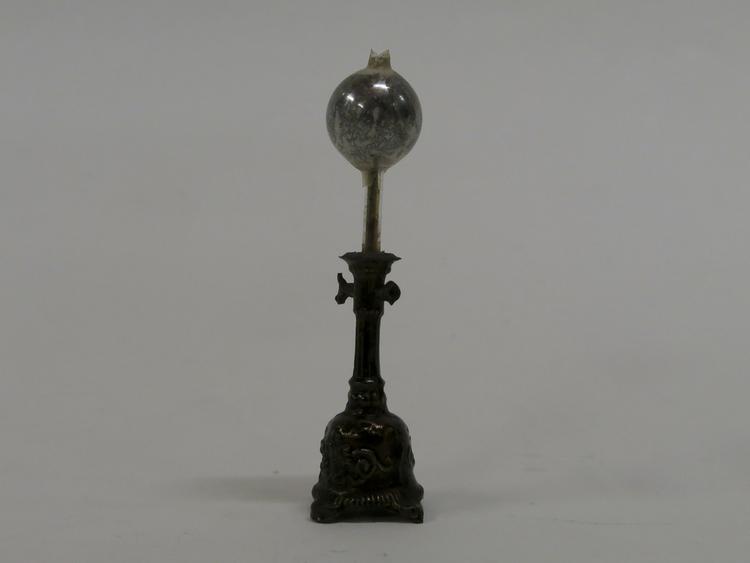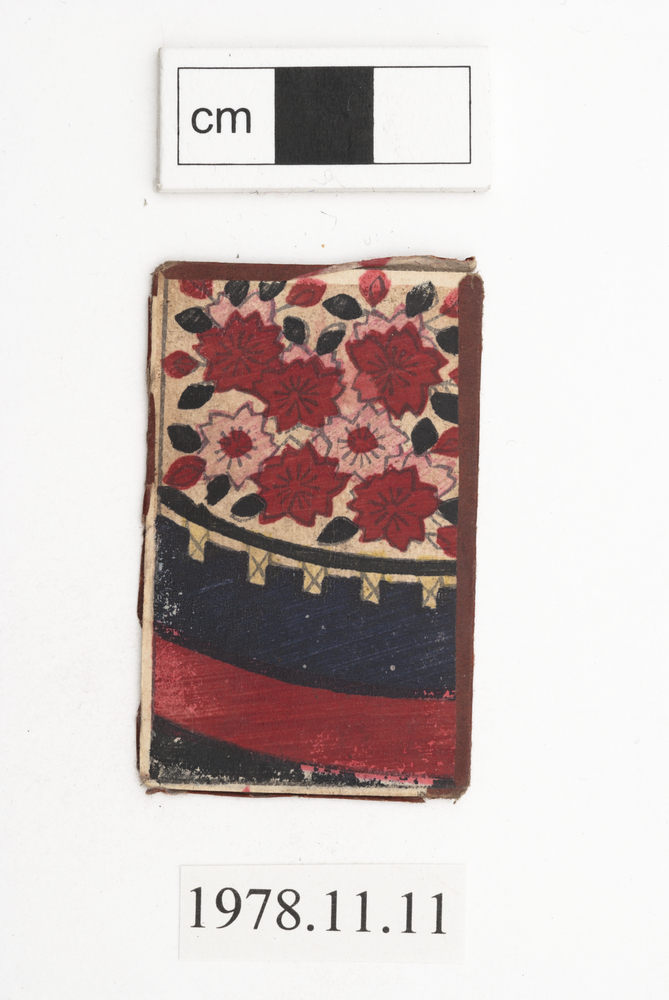Rectangular cream woven cotton textile decorated with black pigment. The textile is sewn together along the selvedges from 8 strips to create a cloth of greater width. They are unfinished at the shorter sides. The decoration consists of stripes, bands, and diagonals forming an overall pattern of framed X-shaped motifs. The pattern has been achieved by mud-resist dyeing.
Bamanan – although the art of making bogolan is also practiced by Minianka, Senoufo and Dogon speaking peoples. Bogolan or ‘mud cloth’ has tended to be associated with Bamanan hunters. They used to wear the dusty/ sandy colours to hide themselves in the bush and amulets were sown onto their shirts to protect them from the vengeance of the animals they have killed. Examples of amulets include small leather pouches, inside which, koranic verses would have been inscribed to help the hunter, mirrors and cowries. The practice of making mud cloth begins with soaking the cotton strips that have been woven together in ngalama leaves with water for several (3-4) days. Once dried in the sun, the cloth takes a dusty, yellow/ sandy colour. The next process is to hand draw geometric motifs using a utensil with mud collected from the banks of the Niger River. Sometimes a rusty nail or other iron object is added to the mud mixture in order to fix the dye more strongly. The motifs are applied to the cloth, which is washed, then re-applied until the dye fixes. The technique of making mud cloth was essentially carried out by women, for the hunters (men). At to the National Museum of Mali, the Malian fashion designer, Chris Seydou (d.1994) was credited for exporting and popularising bogolan motifs to the rest of the world in the 1980s/90s (after a slump in the popularity of the cloth in the 1970s).


































































































































































































































































































































































































































































































































